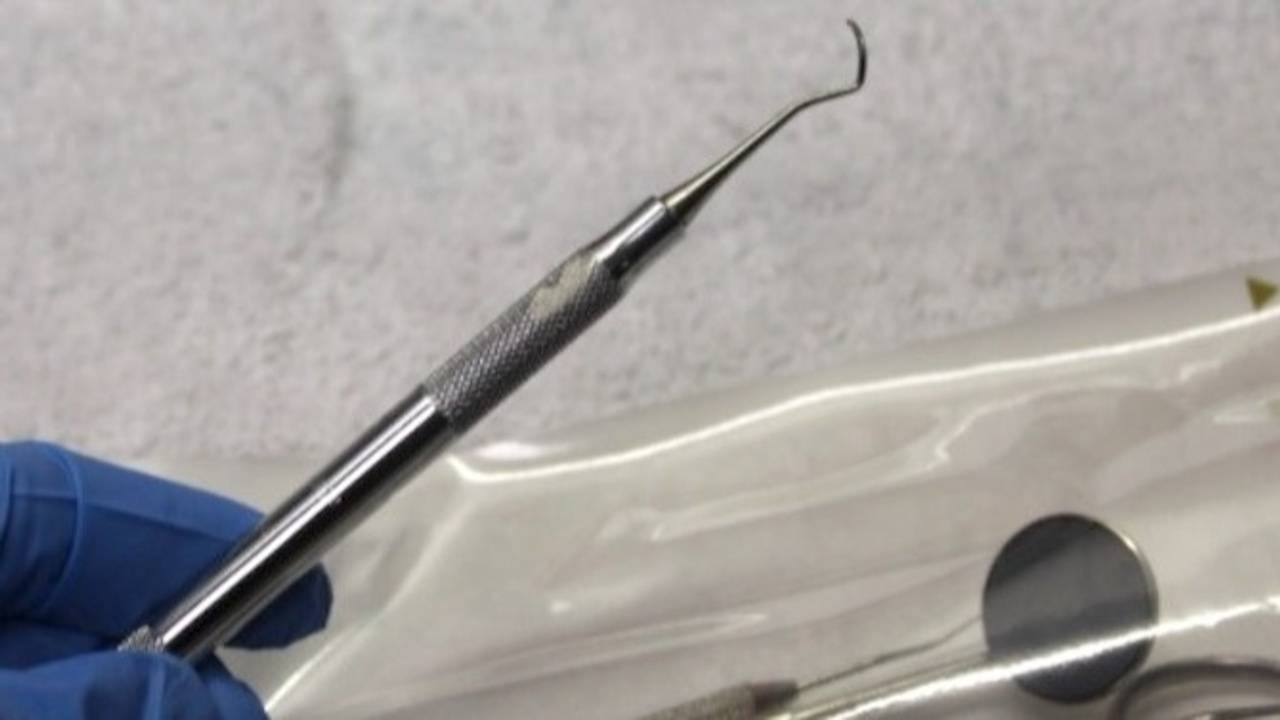Effective Infection Control Practices

As an educator I like to keep my clinical skills current and course content relevant by working as a temporary dental assistant. As a temp, I’ve seen many systems for infection preventions. Most dental practices have excellent Infection Control protocols, others have room to improve. For example, I am amazed at how often I see gunky “sterile” instruments. The packages may have been processed through the sterilizer, but the instruments inside are encrusted with cement, Cavit, or composite material. The color indicator on the package may have turned from pink to cocoa, but that indicator gives a false sense that the instruments inside are sterile. Here is a rule of thumb to remember: If instruments are not clean, they are not sterile!
Why is this occurring in dental offices?
There may be a few reasons: 1. I suspect the dental assistants have been taught “we don’t scrub instruments”. As a result, they rely too heavily on the ultrasonic machine and the enzymes in the ultrasonic solution to cleanse the instruments. 2. While instruments are wet it is difficult to see the material caked on them. 3. The pace of the dental practice moves so quickly that there is not enough time to inspect each instrument before placing them in the pouch or cassette.
What is the solution to this problem?
My recommendation is to habitually wipe each instrument clean during the procedure while chairside. During the composite filling procedure, ensure there is no material left on the plastic instrument, condenser or other instruments by using 2x2 gauze saturated with alcohol to wipe any composite material off the instruments immediately after the doctor transfers them back to you. When using glass ionomer, use 2x2 gauze soaked in water to clean the material off the cement spatula before it hardens. If your gloves become soiled with dental material, change them rather than spread the material to every place you touch. If you take care of the problem chairside it will greatly improve your outcome. When processing instruments through the ultrasonic machine, rinse, and allow the instruments to dry after removing them from the solution. Once dry, inspect them for caked on material. It is much easier to see dental materials when they are dry. If material remains, use a long handled stiff bristled brush to scrub them (you should be wearing PPE, especially utility gloves while processing instruments, and especially when you scrub them). Remember to check the handles, as well as the working tips of the instruments. Also inspect the beaks of the cotton forceps and the junction of hinged instruments.
Like all good habits, these practices will require you to decide to do them and a plan to follow through. By saturating the gauze as part of your setup routine, you will set yourself up for success. Also wiping the instruments while the dentist is using another one doesn't need to take additional time.
If you have other suggestions for effectively dealing with this issue, I think we’d all love to hear them. This comment section isn’t a space to rant or vent. it’s a place we can build each other up and encourage each other with our best practices. Thank you for participating in the discussion!
Stay connected with news and updates about our industry!
Join the Dental Fundamentals mailing list to receive the latest news and updates from our team.
We will never sell your information, for any reason. You can subscribe at any time.


